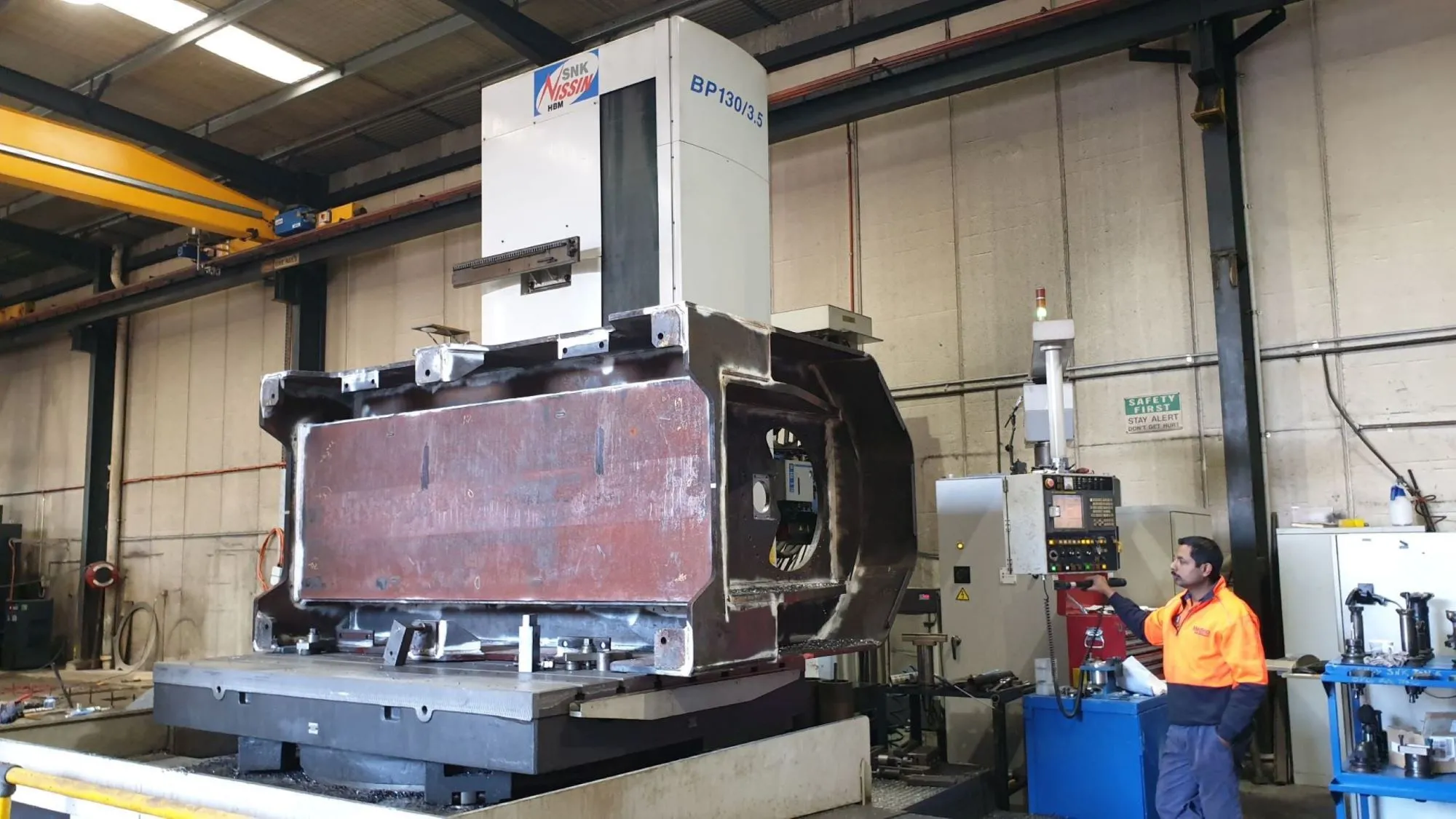RoboHelix has taken the helical-flight-forming industry by storm by developing and introducing the world’s first fully automated robotic flight-forming machine. Based in Australia, the startup created a robotic flight-forming solution that represents an innovation leap in flight-forming technology, and has secured an international patent for it. RoboHelix is leading a new wave of Australian original equipment manufacturer (OEM) startups and has realized a 100 percent export business.
Helical flights—also referred to as screw segments—are metal spirals placed in a repeated pattern, similar to the iconic Slinky® toy. They are widely used in different sizes, configurations, and industries for a variety of applications. For example, helical flights are used in the food processing industry, for soy products and Nutella® spread; mining, for extruding and transporting coal; and construction, for foundation drilling. The traditional method for creating helical flights is to start with a metal disc shape that is sandwiched between opposing dies controlled by a 50-ton press. Two operators control the opposing dies to bend and force the material into the helical shape. This traditional flight-forming method requires approximately 45 minutes to set up; die, die plate, and platen tooling; and additional support material to reduce flight marking, all of which increase costs and time, according to RoboHelix COO David Gardner.
“Our solution leverages robotics to grab the metal disc on one edge, and then pull and stretch it into the helical shape, like an accordian, in one operation,” Gardner explains. “The RoboHelix machine is the first and only machine of its type in the world and provides significant advantages, such as reduced production costs, increased production rates, and improved quality of the final product. It takes 60 seconds to automatically adjust and operates at the push of a button.” In developing its disruptive technology, RoboHelix needed to leverage 3D design and analysis tools to quickly complete research and development, transform the technology into a commercial machine, and successfully bring its product to market. “Personally, I had previously used Autodesk Inventor® and Pro/ENGINEER® design software, but our founder, Hayel Smair, decided to standardize on SOLIDWORKS® Premium design and analysis software,” Gardner recalls. “He chose SOLIDWORKS because it is easy to use, is familiar to most contract engineers, is a proven solution, and includes integrated analysis capabilities.“I’ve found it to be really simple to learn and much quicker for dimensioning and adjusting models on the fly,” Gardner adds.
FAST, EFFECTIVE MODULAR DESIGN
Using SOLIDWORKS Premium design software, RoboHelix completed a modular design for its robotic flight-forming machine, which allows the company to use the same attachment units for its RX125, RX250, and RX500 machines—supporting different flight sizes and thicknesses—and brought its first product to market in a single year. “With SOLIDWORKS, we realized huge time savings, which enabled us to design, manufacture, and launch the product in just 12 months,” Gardner stresses.“Because we developed the design modularly, we quickly added two machines offering additional sizes through a bolt-on-bolt-off approach, changing out or adding additional parts as needed,” Gardner continues. “Developing the technology quickly was critically important because of its disruptive nature and the need to enter the market strongly.”
